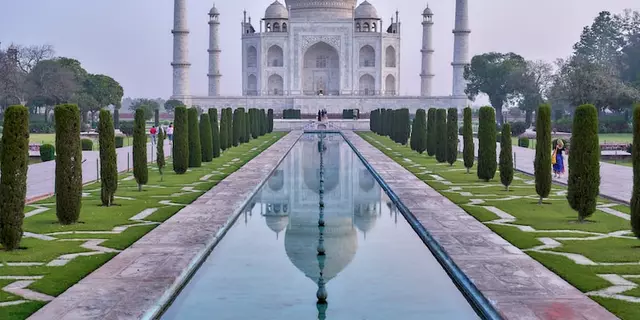Overpopulation in India – The Real Deal
India’s population has crossed 1.4 billion and keeps climbing fast. That number isn’t just a stat; it affects traffic, water, jobs, and even the air you breathe. If you’ve ever been stuck in a jam on the Delhi highway or struggled to find a clean water tap, you’ve felt the pressure of too many people sharing limited resources. Understanding the why and how helps us see what can change.
What’s Driving the Surge?
First off, birth rates are still high in many states, especially in rural areas where families see children as a safety net. At the same time, medical advances and better nutrition have pushed life expectancy up, so more people are living longer. Add a massive rural‑to‑urban migration—people chase jobs in cities, but the city infrastructure can’t keep up. The result? Bigger crowds, tighter housing, and services that constantly stretch thin.
Another piece of the puzzle is gender imbalance. In some regions, cultural preferences for sons lead to skewed sex ratios, which later fuels higher marriage‑age pressures and more births as families try to balance out. While education for girls is improving, the legacy of these attitudes still shows up in population numbers.
Everyday Impact and What You Can Do
So, what does overpopulation look like on the ground? Imagine a city where a single bus carries double its capacity, water pipelines leak because they’re older than the system they serve, and schools have more kids than desks. These pictures are common across Mumbai, Kolkata, and even fast‑growing Tier‑2 towns. Overcrowding also pushes prices up—housing becomes a luxury, and basic goods cost more.
But you don’t have to feel helpless. Small choices add up. Supporting family‑planning programs, encouraging girls’ education, and using public transport reduce strain on resources. If you run a business, think about hiring locally and offering flexible hours to cut commuting peaks. Community groups that plant trees or clean water sources directly improve living conditions for neighbors.
On a bigger scale, voting for leaders who prioritize sustainable urban planning, invest in renewable energy, and fund health and education can shift the tide. Pressuring companies to adopt greener practices and better waste management also eases the load on crowded cities.
In short, overpopulation in India is a mix of high births, longer lives, and migration. It shapes everything from traffic jams to water shortages. By staying informed, making mindful daily choices, and backing policies that address the root causes, you become part of the solution. The next time you see a crowded bus, think of it as a sign that collective action can make a real difference.





